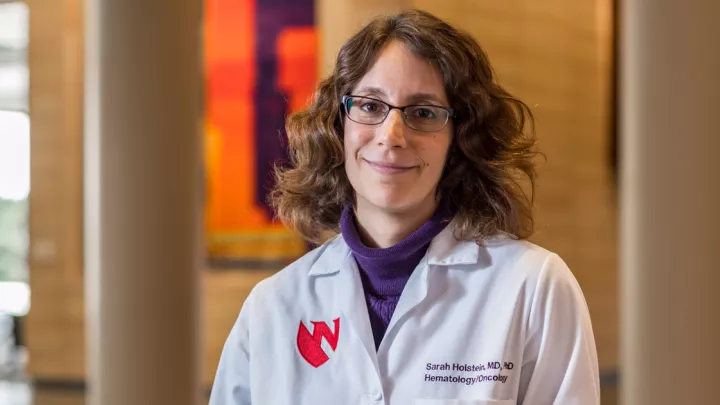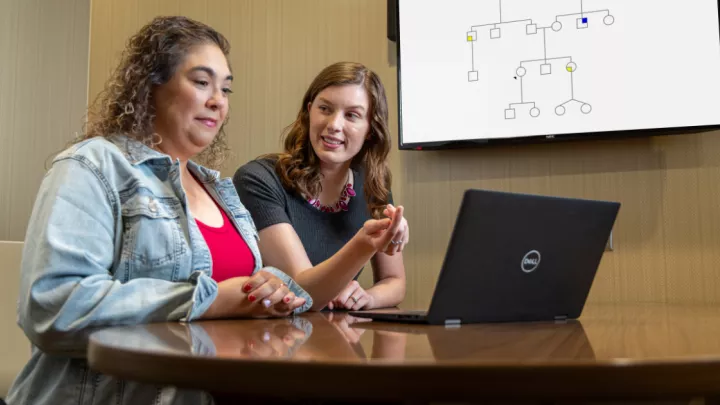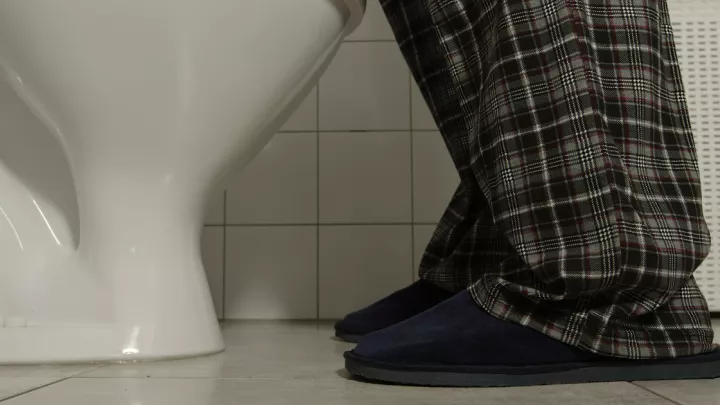Surgical oncology treatment advances

Lymphedema or swelling of an extremity, is a common condition that develops in people who have had lymph nodes removed during cancer surgery.
Sean Figy, MD, Nebraska Medicine reconstructive microsurgeon, performs several advanced procedures to prevent or reduce lymphedema.
Lymphedma develops when there is a blockage along the lymphatic pathway, which filters out extra fluid and toxins from circulating blood. It commonly occurs when the lymph nodes are removed during cancer surgery, resulting in a blockage of that fluid, which then leads to swelling of the arms or legs.
Dr. Figy performs a procedure called lymphovenous bypass (LVB) that connects the lymphatic vessels to the veins to create new pathways for drainage. The procedure can be performed after the development of lymphedema or at the same time as the lymph node surgery to reduce the risk of developing lymphedema.
Another procedure, called vascularized lymph node transplant, involves removing healthy lymph nodes from an unaffected area such as the abdomen and transplanting them, along with veins, arteries and surrounding tissue, to create a new pathway for the fluid to drain.
"These procedures typically result in less pain and swelling, decreased fluid build up and improved quality of life," says Dr. Figy.






